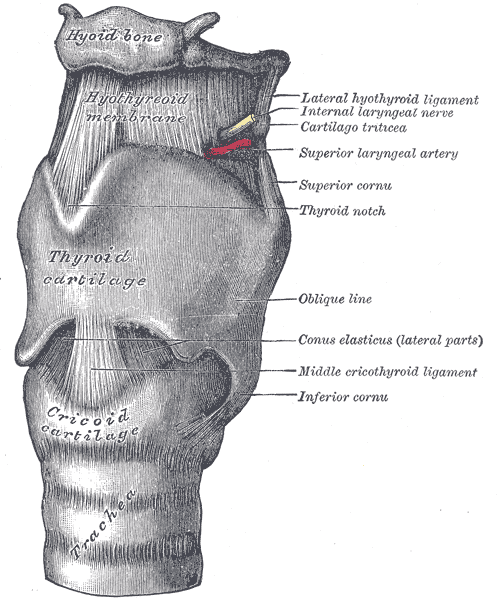

The neural impulses, in turn, move along the auditory nerve to the lower brain stem and then ascend to the auditory part of the thalamus and on to the auditory cortex in the temporal lobe. The receptors for hearing, the hair cells, lie in the basilar membrane and convert the vibrations into neural impulses. Auditory transduction starts by converting sound pressure waves into mechanical. When the stapes vibrates against the oval window, the fluid in the cochlea moves and causes the basilar membrane to vibrate. The auditory nerve carries these electrical signals from the ear to the brain. Beyond the oval window is the inner ear, whose main structure is the cochlea, a snail‐like structure that has a membrane, the basilar membrane, stretched along its length. ) The middle ear contains the malleus (hammer), incus (anvil), and stapes (stirrup), which move and transmit the sound to the oval window, which separates the middle ear from the inner ear. The outer ear, the pinna, collects sound waves and funnels them through the auditory canal to the eardrum (which separates the outer and middle ears) and causes it to vibrate. Greater wave amplitudes are related to greater loudness wave frequency is related to pitch and wave purity is related to timbre. rate of how fast or how slowly nerve impulses arrive from the auditory nerve. The approximately 30,000 neurons in each auditory nerve carry information. Our auditory system combines the frequency and place theories to transform. Sound waves have three characteristics-amplitude, frequency, and purity-each of which is related to a psychological experience. frequency is usually defined as the frequency at which the output of the.
#Auditory nerve psychology definition series#
Sound, the stimulus for hearing, is made up of a series of pressures, usually of air, that can be represented as waves. Legal Aspects of Psychological Disorders.Development in Early & Middle Adulthood.Developmental Psychology: Age 13 to 65+.Psychology: Biological Bases of Behavior.


 0 kommentar(er)
0 kommentar(er)
